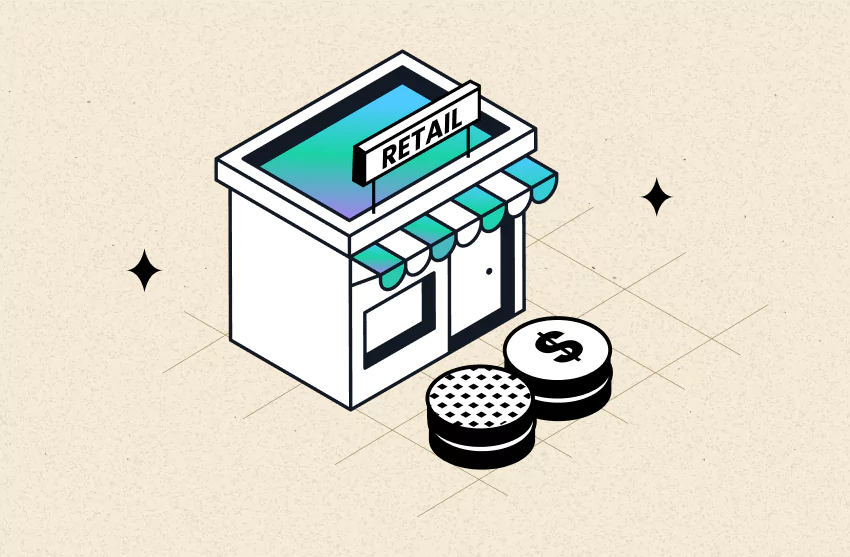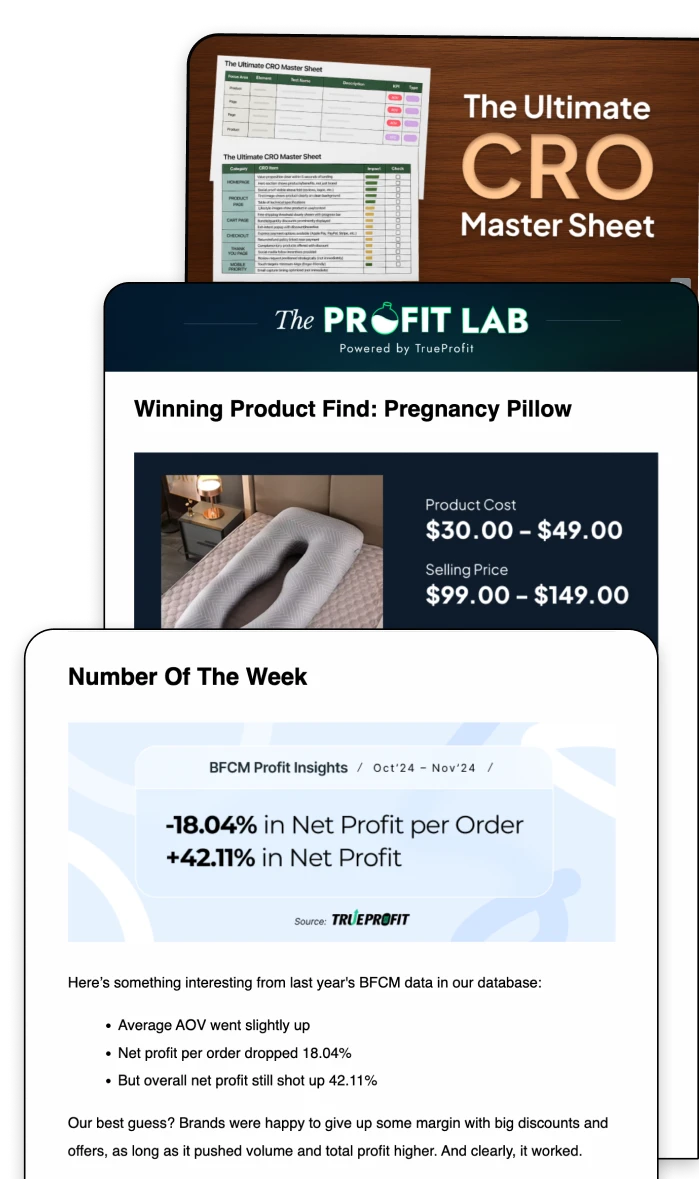What’s a Good Profit Margin for Retail in 2025? (Full Guide)

Understanding your profit margin is essential for running a successful retail business. It tells you how much money you keep after covering your costs, helping you set better prices, manage expenses, and plan for growth.
But profit margins can vary depending on your industry and business model. In this guide, we'll explain what a good profit margin looks like in 2025 and share strategies to improve yours.
What is a Good Profit Margin for Retail in 2025?
A good profit margin for retail businesses in 2025 varies by industry, but here’s a quick guide:
- Gross Profit Margin: This is the revenue left after covering the cost of goods sold (COGS). A good range is 30-50%.
- Net Profit Margin: This shows what’s left after all expenses. For most businesses, it falls between 2-10%.
Remember, net profit margin for the retail industry can change depending on factors like your pricing and cost management. You can use our Free Profit Margin Calculator Tool to quickly check where your business stands and identify room for improvement. Next, we’ll explain factors affecting retail profit margins and ways to improve yours.
Profit Margin Benchmarks by Industry
Profit margins vary significantly by industry. Here’s a breakdown of high, low, and general margins:
Factors Affecting Retail Profit Margins
Your profit margin doesn’t just depend on how much you charge, but on several key factors.
- Industry Type: Each industry has its own typical margin. Beverage retailers, for example, often enjoy high margins like 65.74%, while grocery stores typically have lower ones.
- Business Model: The type of products you sell matters too. High-end or niche products usually allow for better margins because they’re priced higher due to their exclusivity.
- Pricing Strategy: How you price your products is a big factor. Premium pricing can help increase your margins, while value-based pricing tends to lower them.
- Cost Management: Keeping costs in check is essential. Efficient inventory management and negotiating better deals with suppliers can significantly boost profitability.
- Location & Competition: Your store’s location and how much competition you face also affect pricing. In highly competitive areas, you might need to lower prices to stay competitive, which could eat into your margins.
How to Improve Your Profit Margin for Retail
Improving your retail profit margin doesn’t require drastic changes, just smart adjustments. These strategies can help:
- Pricing Strategies: Optimize your pricing to maximize margins. Consider premium pricing for unique products or dynamic pricing to adjust for demand.
- Negotiate with Suppliers: Better deals with suppliers can lower your COGS. Focus on bulk discounts or long-term contracts to reduce costs.
- Efficient Inventory Management: Avoid overstock or stockouts. Keep inventory levels balanced to reduce waste and maintain cash flow.
- Cost Cutting: Identify operational inefficiencies. Cut back on unnecessary overheads and supply chain costs to improve margins.
- Increase Sales Volume: Enhance customer experience and marketing. More sales lead to better overall profitability, even with lower margins.
A healthy profit margin for retail in 2025 depends on your niche, pricing strategy, and cost control. Use benchmarks as a guide, but focus on improving efficiency, reducing expenses, and tracking performance regularly. With the right strategy, you can grow your margin—and your business—sustainably.
Harry Chu is the Founder of TrueProfit, a net profit tracking solution designed to help Shopify merchants gain real-time insights into their actual profits. With 11+ years of experience in eCommerce and technology, his expertise in profit analytics, cost tracking, and data-driven decision-making has made him a trusted voice for thousands of Shopify merchants.




 Shopify profits
Shopify profits

